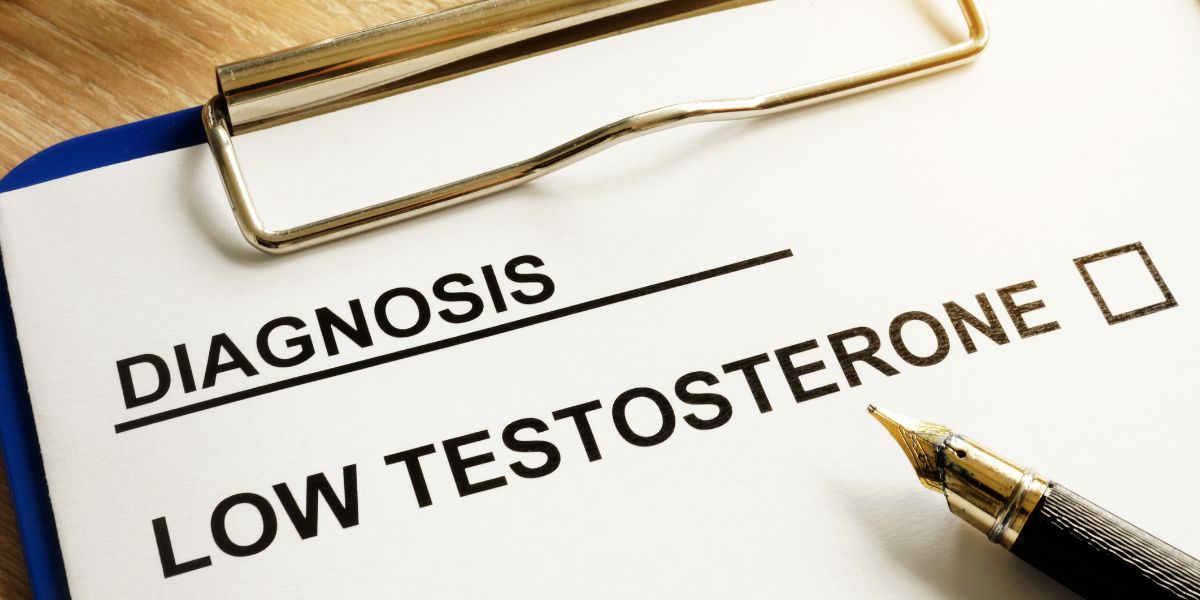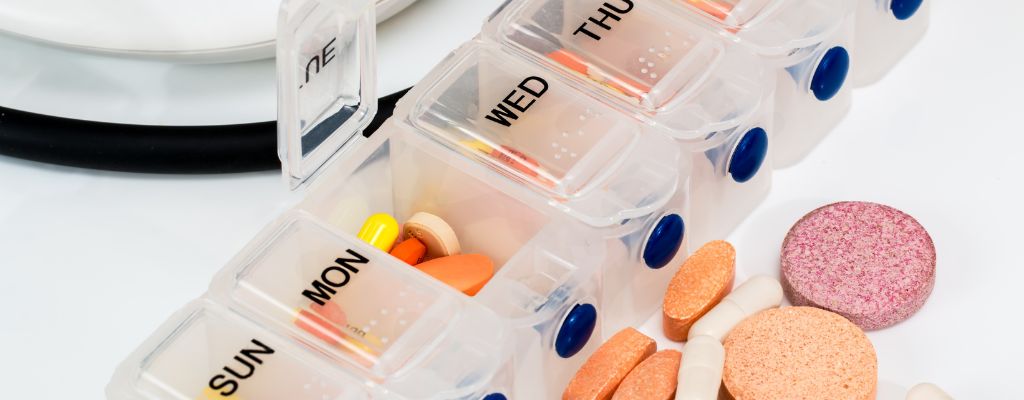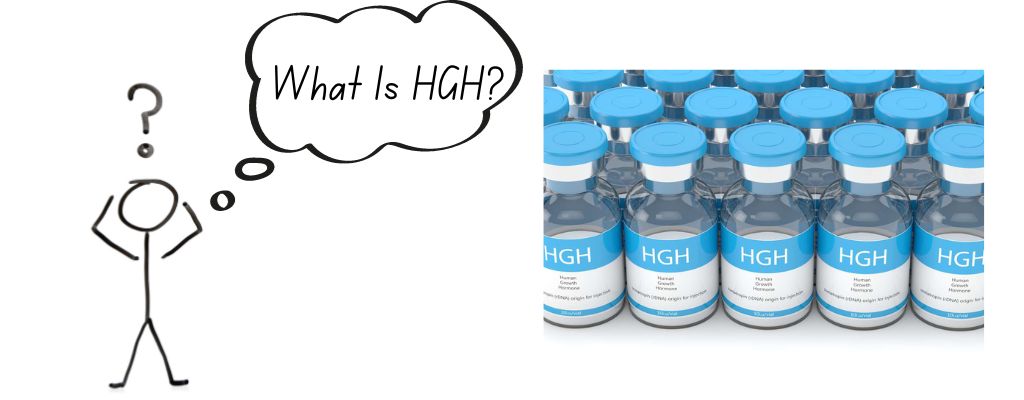How To Get A TRT Prescription In Florida
In order to get a prescription for Testosterone Replacement Therapy (TRT) in Florida, you must meet with a certified medical professional who can determine your qualifications, need, and dose for TRT.
Ideally, you should seek out a doctor who is familiar with hormone replacement therapy, as obtaining a prescription from your regular primary care physician may be more difficult and lead to improper application.
Keep reading to learn more about the specifics of obtaining a prescription for TRT in Florida.

Who Qualifies For TRT in Florida?
Anyone who suffers from hypogonadism is eligible for a TRT prescription. Hypogonadism is when your testicles fail to produce enough testosterone to support regular bodily functions, this is also commonly referred to as “Low Testosterone” or “Low T”.
In order to determine if you have Low T, your doctor will order a blood test. Here they will be able to see a number of bio-markers that inform them of your health. The one that matters in this case is your testosterone levels.
If you have testosterone levels lower than 300 ng/dl you will be diagnosed with low testosterone and most likely, prescribed TRT.

How Can I Get a Testosterone Prescription Online?
You can obtain a TRT prescription online by setting up a meeting with Empower Men’s Clinic; here’s how the process looks:
Consultation
The first step is to set up a telehealth meeting with Empower Men’s Clinic. This is an online consultation that you can attend from the comfort of your home. During this meeting, you’ll discuss your symptoms, medical history, and any concerns you might have. It’s an opportunity for the healthcare provider to understand your health needs and determine if further testing is required.
Blood Work
If the healthcare provider deems it necessary, the next step is to have your blood work done. This typically involves testing your hormone levels, among other things, to assess your suitability for TRT. The clinic might direct you to a nearby laboratory where you can have your blood drawn, or in some cases, they might offer at-home testing options.
Final Meeting
Once your blood work results are available, you’ll have another telehealth meeting with the clinic. During this session, the healthcare provider will review your test results and discuss the findings with you. If the results indicate that TRT is appropriate for you, the provider will discuss the treatment plan, including the benefits, risks, and what to expect.
Prescription Delivered to Your Home
If TRT is deemed suitable for you and you decide to proceed, the clinic will arrange for your prescription to be delivered directly to your home. This adds an extra layer of convenience, as it eliminates the need to visit a pharmacy.
This telehealth process with Empower Men’s Clinic is designed to make the assessment and initiation of TRT as convenient and accessible as possible, without the need to leave your home.
How Much Does TRT Cost In Florida?
In Florida, the cost of Testosterone Replacement Therapy (TRT) typically ranges from $300 to $500. This price range can depend on various factors, including the specific clinic or medical provider, the type of treatment, and the extent of monitoring and follow-up care required.
However, at Empower Men’s Clinic, the cost for TRT is set at a more affordable rate of $200. This lower cost can make TRT more accessible for those who might find the typical price range in Florida to be prohibitive.
Is TRT Legal In Florida?
Testosterone Replacement Therapy (TRT) is legal in Florida, as it is in the rest of the United States, when prescribed by a licensed healthcare provider. TRT is an established medical treatment used to address conditions related to low testosterone levels, such as hypogonadism. The legal framework surrounding TRT in Florida involves several key aspects:
Prescription Requirements:
TRT can only be legally prescribed by a healthcare professional who is licensed in Florida. This typically includes physicians who specialize in endocrinology, urology, or general medicine. The prescription is based on a thorough medical evaluation, which often includes blood tests to confirm low testosterone levels.
Medical Necessity:
For TRT to be legally prescribed, there must be a clear medical necessity. This means that the patient must have symptoms consistent with low testosterone levels and laboratory tests confirming this condition. TRT is not legally prescribed for non-medical use, such as enhancing athletic performance or solely for anti-aging purposes.
Regulated Pharmacies:
The testosterone used in TRT must be dispensed by a licensed pharmacy. In Florida, pharmacies are regulated to ensure that they meet safety and quality standards.
Monitoring and Compliance:
Patients receiving TRT are typically monitored regularly by their healthcare provider. This monitoring is important to ensure the effectiveness of the therapy, to adjust dosages as needed, and to check for any potential side effects.
Controlled Substance Regulations:
Testosterone is classified as a controlled substance under federal law due to its potential for abuse. As such, its prescription and use are subject to strict regulations to prevent misuse and illegal distribution.
Takeaway
Navigating the journey to Testosterone Replacement Therapy (TRT) in Florida is made remarkably straightforward with Empower Men’s Clinic. Just a simple step of scheduling a meeting can set you on the path to a comprehensive evaluation and personalized treatment.
At Empower Men’s Clinic, they understand the importance of convenience and accessibility in healthcare. By offering an easy-to-navigate process, we ensure that taking the first step towards better health is just a phone call or a few clicks away. Remember, your journey to wellness doesn’t have to be complicated — Empower Men’s Clinic is here to guide you every step of the way.



















